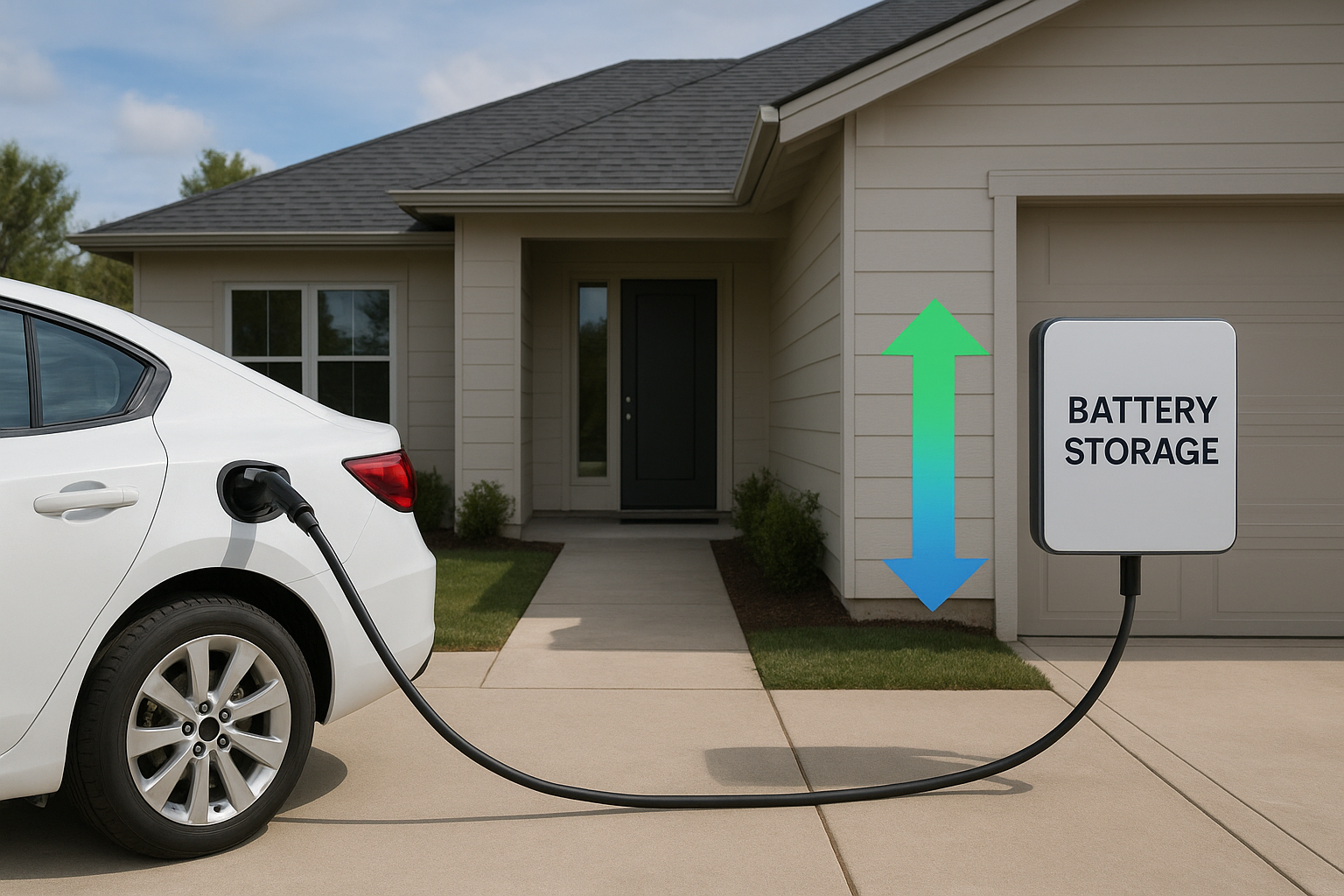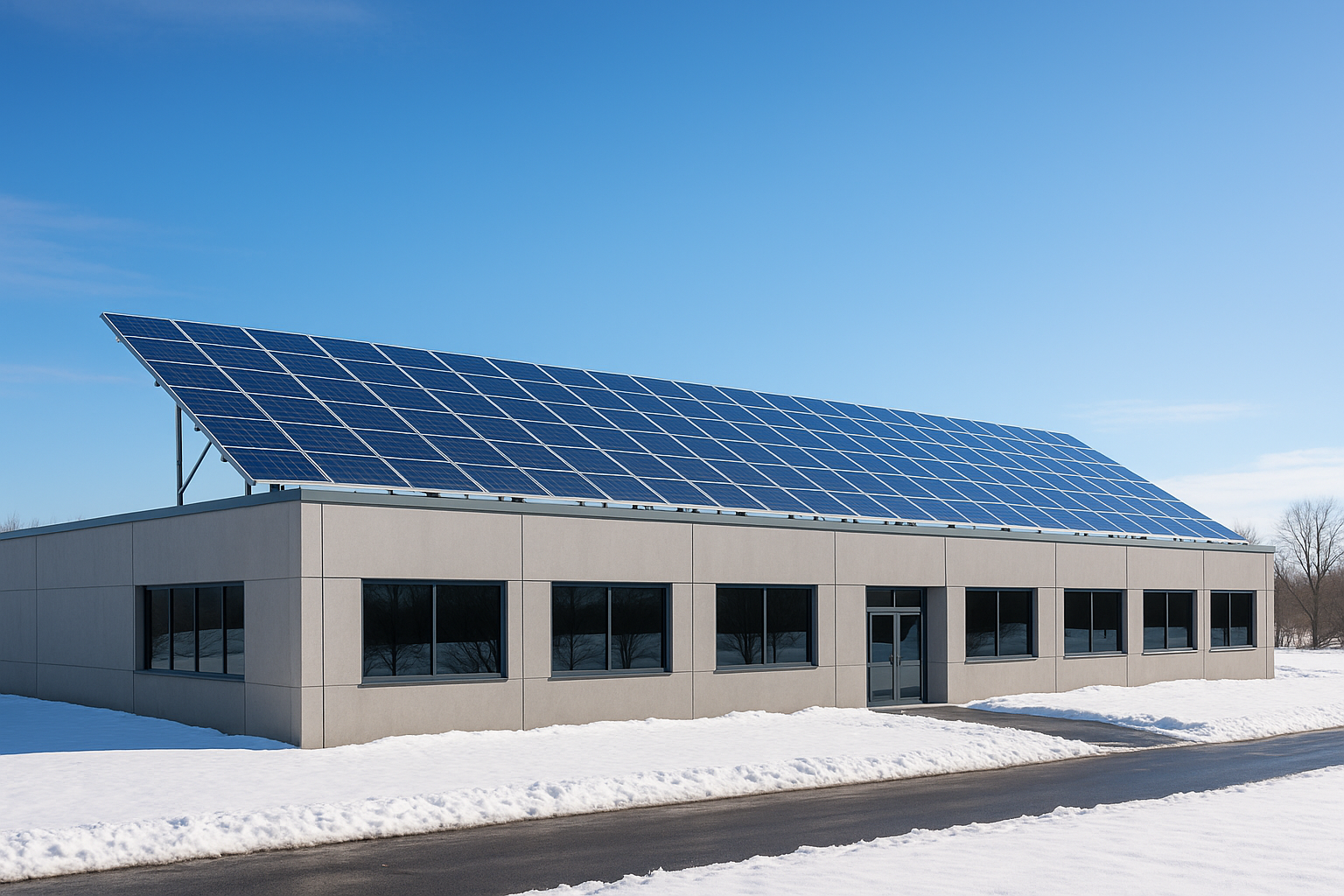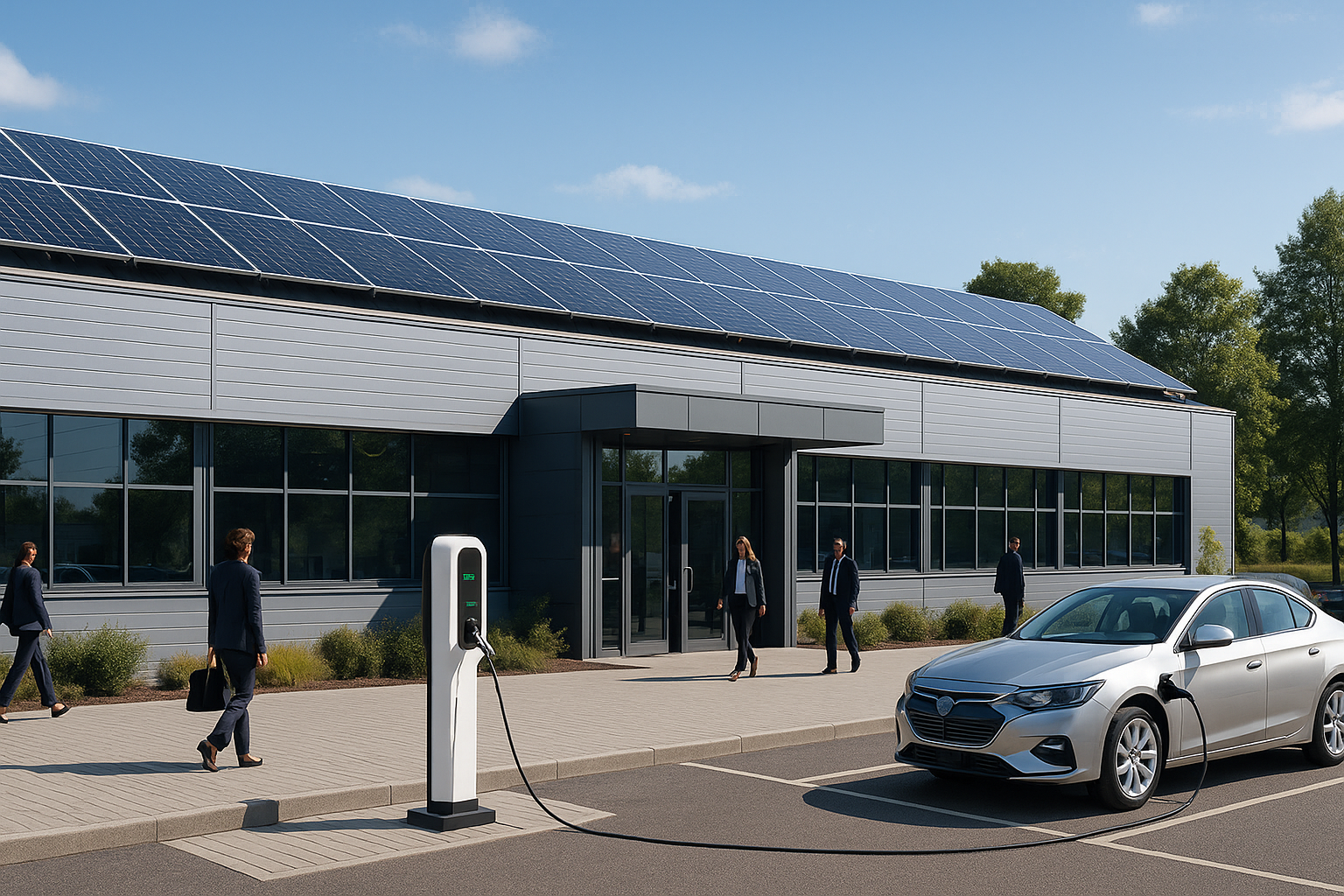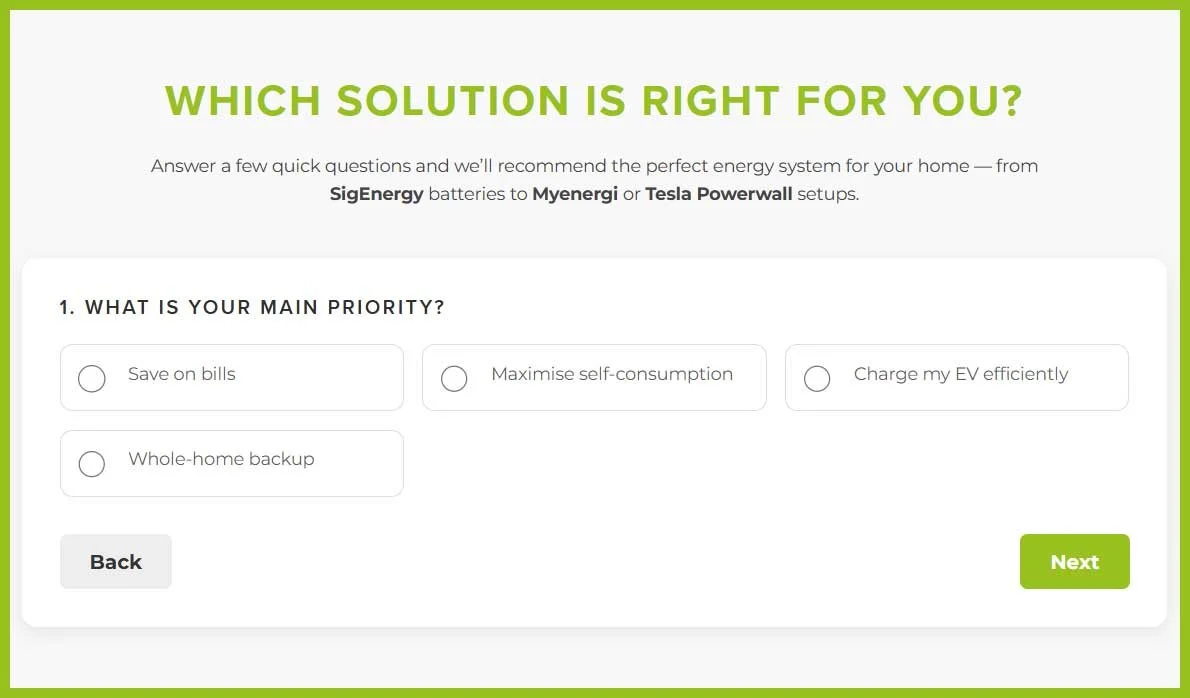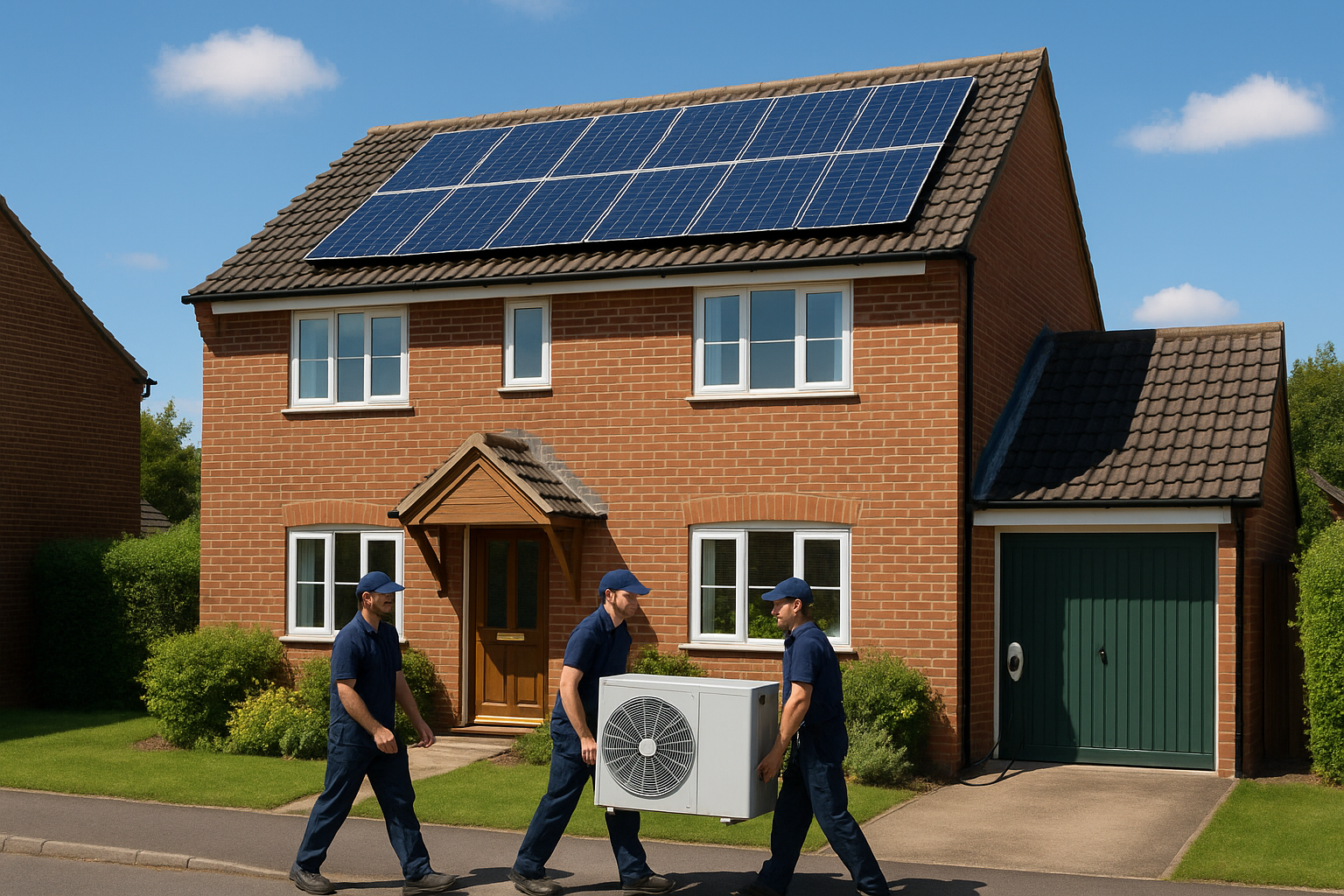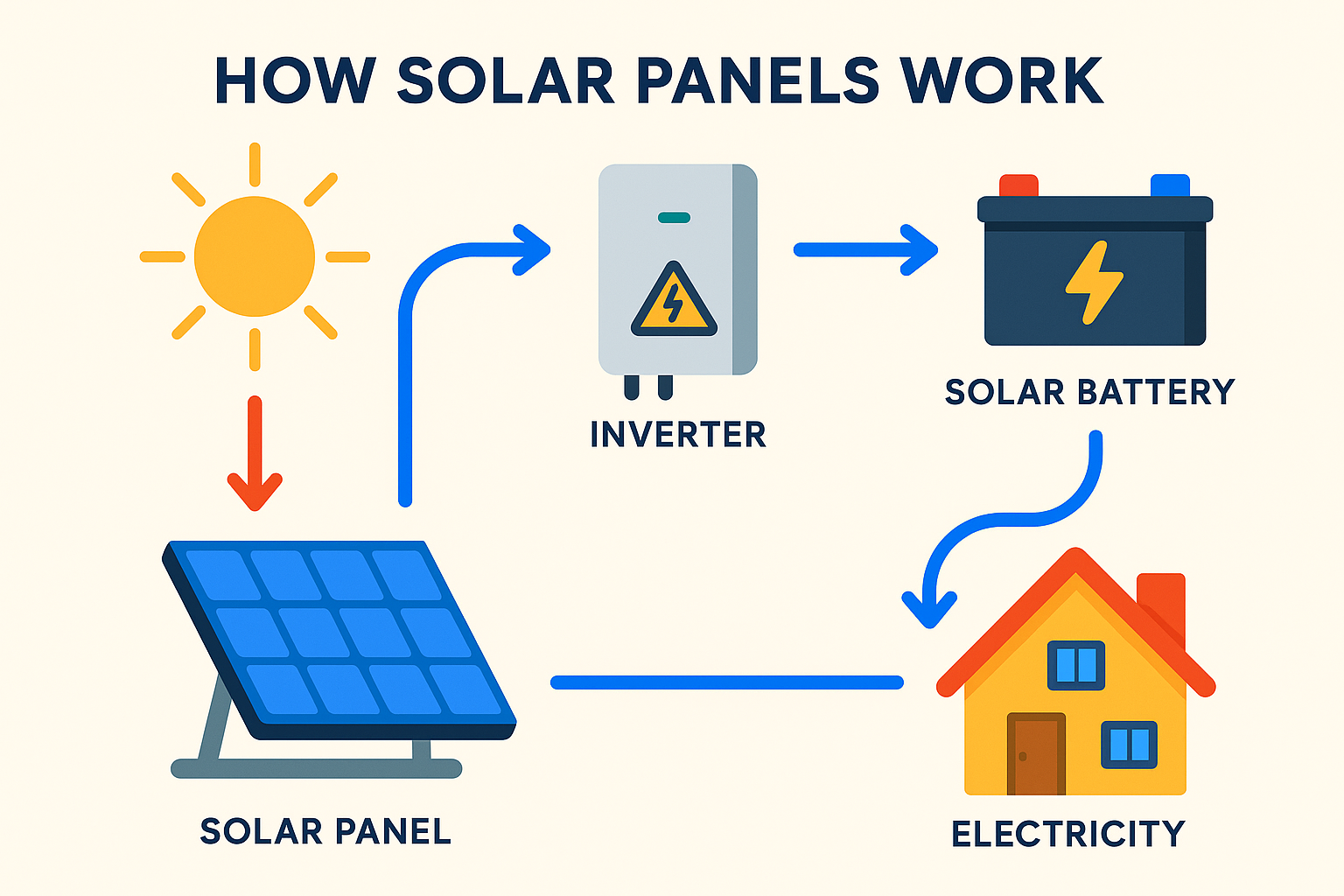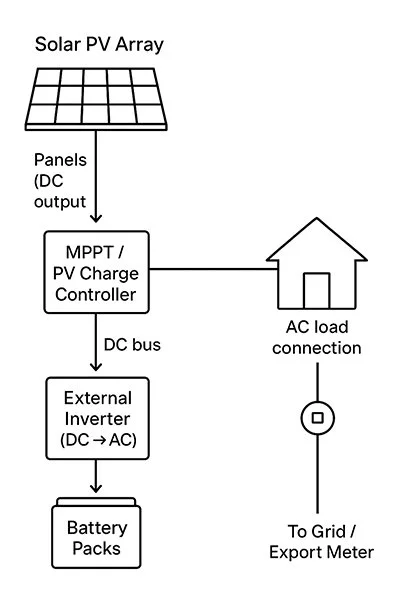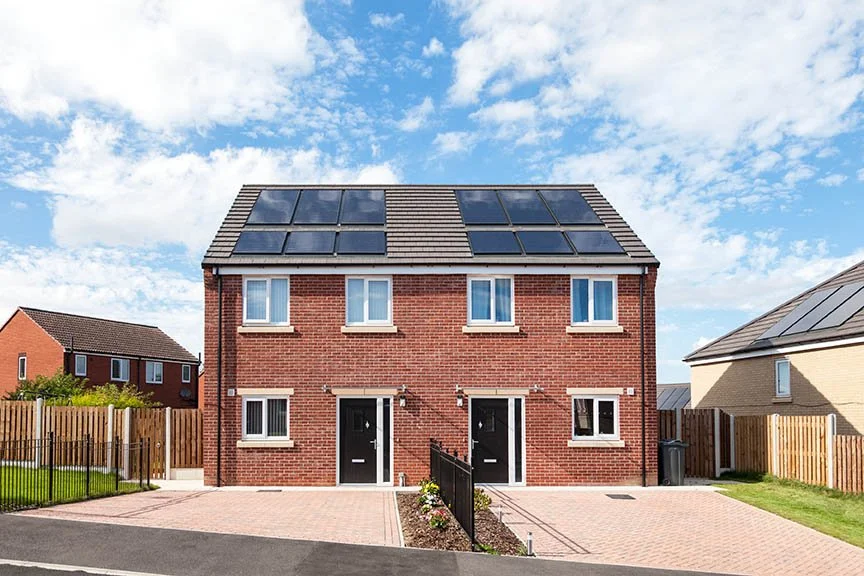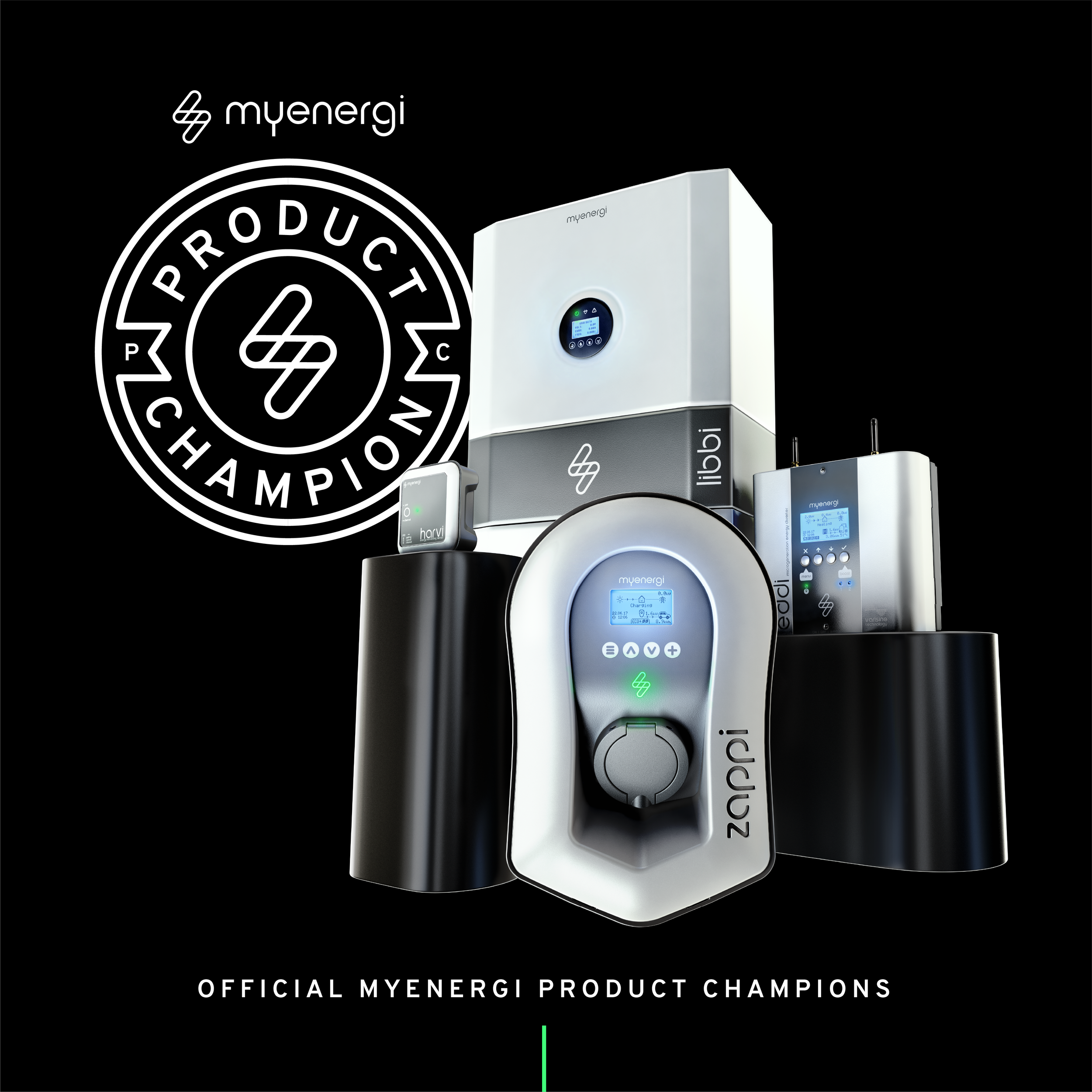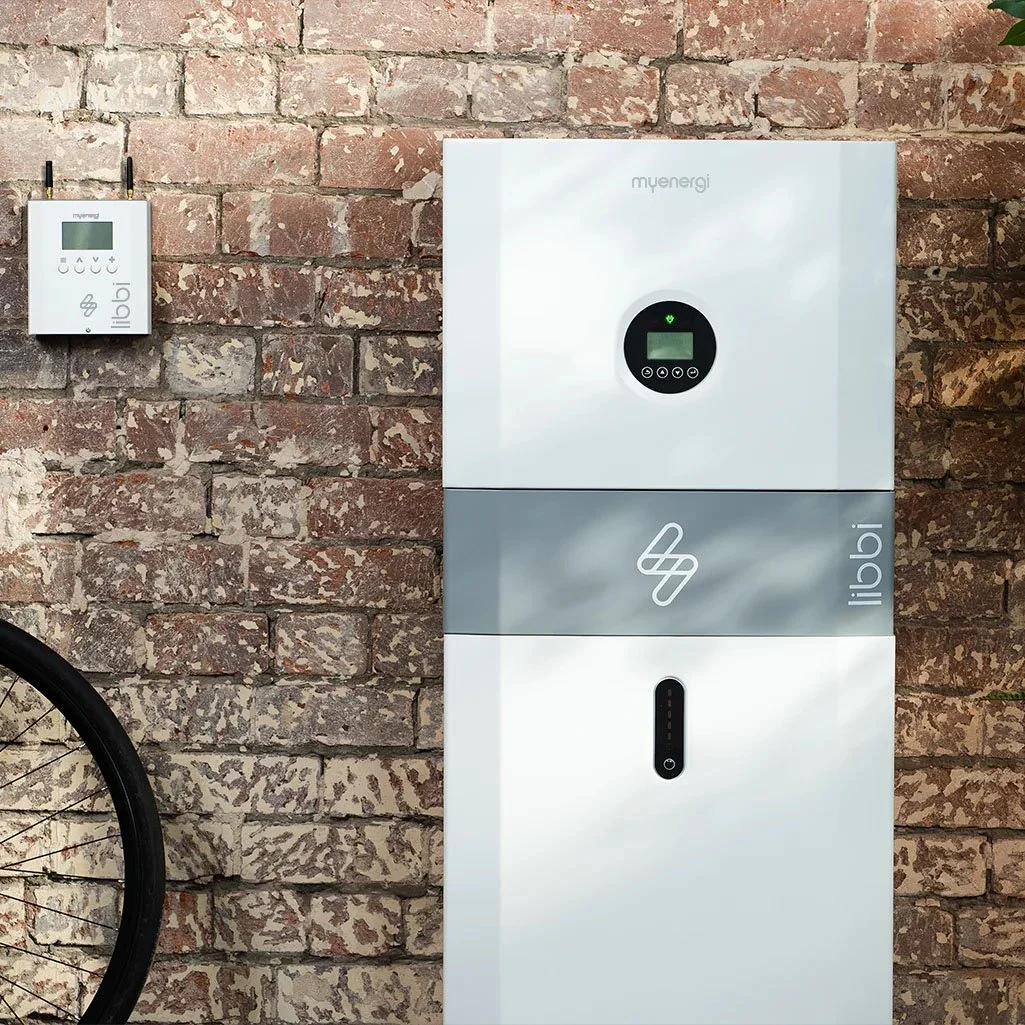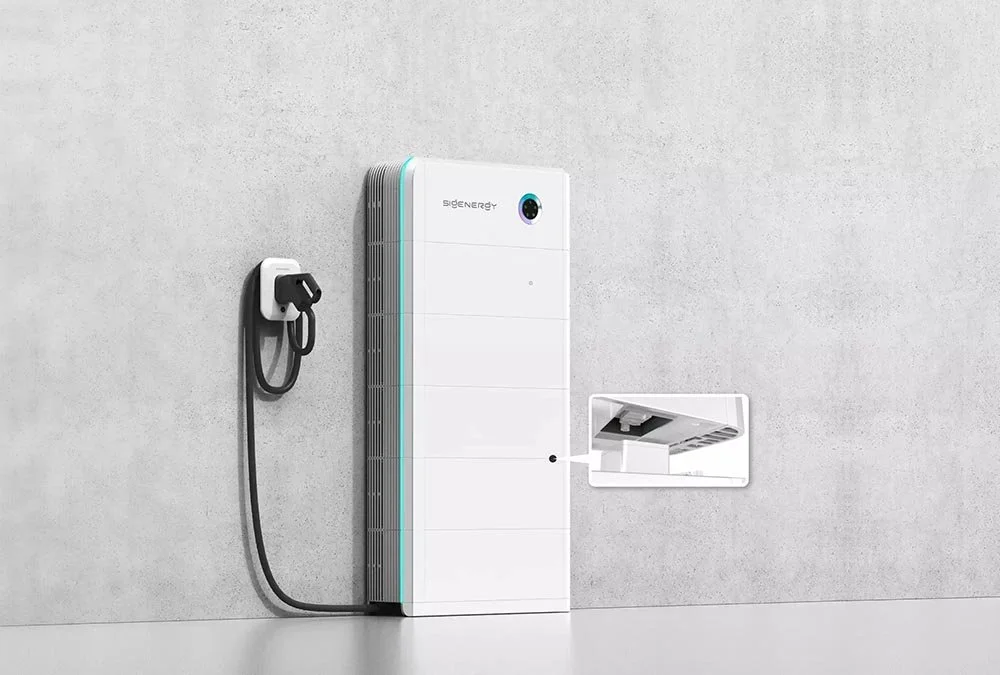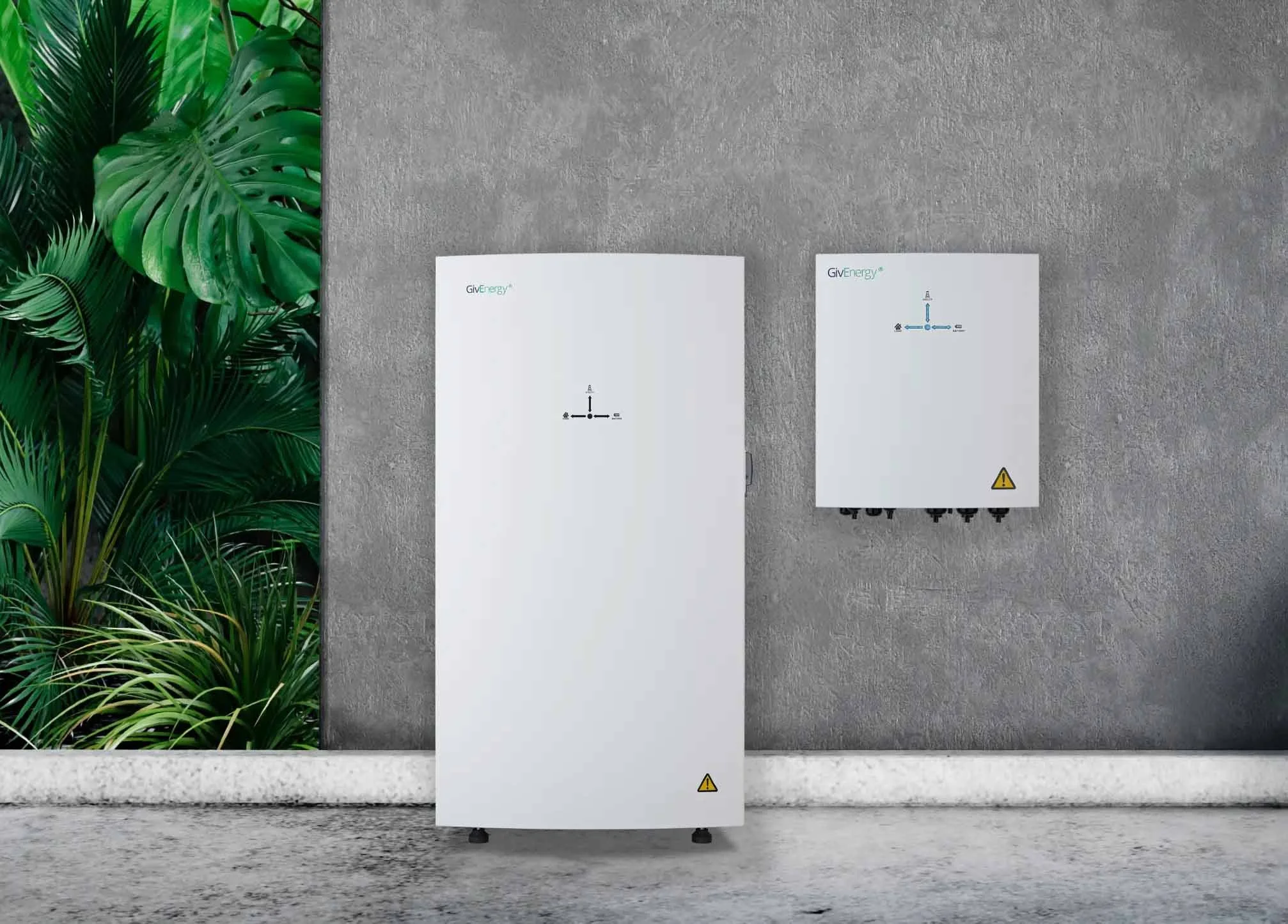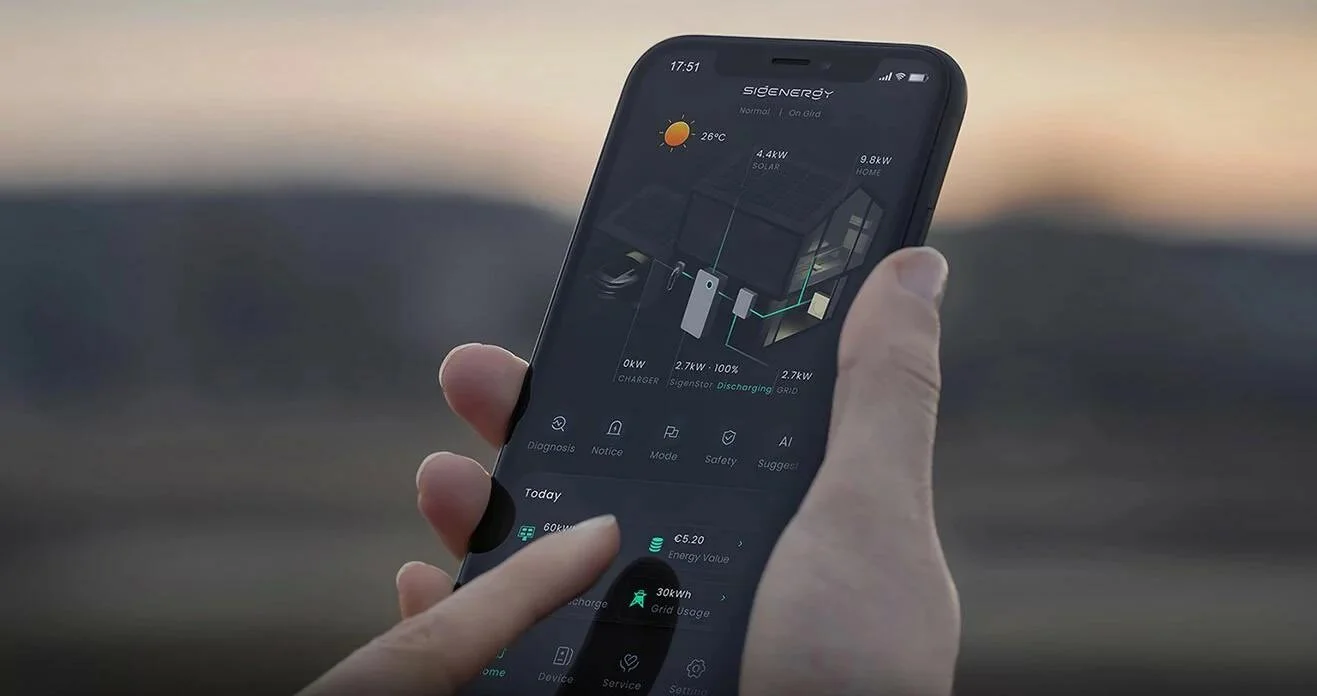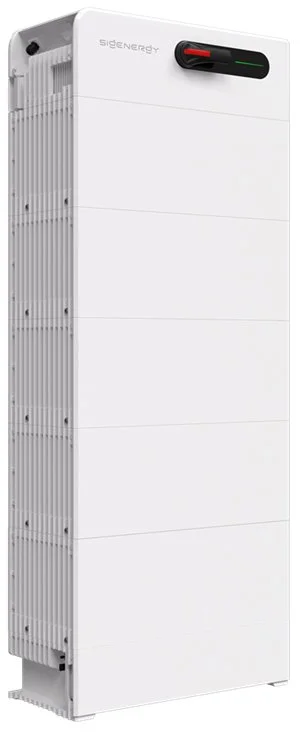As electric vehicles (EVs) and home battery storage become more common in the UK, homeowners are discovering a powerful new advantage: your car battery can act as an extra energy reserve for your home.
Instead of worrying about your home battery running out and relying on expensive grid electricity, you can borrow energy from your EV during peak hours. Later, when cheaper tariffs usually kick in after 7pm, you simply recharge both your car and your home battery overnight at a lower rate.
With the right setup, this two-way energy sharing—known as vehicle-to-home (V2H)—helps you cut bills, avoid peak costs, and make your household energy system far more resilient.
What Is Two-Way Power Sharing?
Two-way (bi-directional) energy systems allow electricity to flow in both directions:
Battery → EV: Charge your car using your home battery or solar when surplus energy is available.
EV → Home: Feed electricity from your car battery back into your house when your home battery is depleted.
Think of it as turning your EV into a mobile power bank for your home.
Why Borrow Power From Your EV Battery?
In the UK, electricity tariffs vary throughout the day. Peak rates in the afternoon and early evening can be expensive, while cheaper “time-of-use” rates often start from 7pm or later.
By using your EV to cover your household needs when your home battery is empty, you can:
Avoid Peak Tariffs – Reduce reliance on costly grid electricity.
Maximise Cheap Night Rates – Recharge both home and EV batteries during off-peak hours.
Improve Energy Security – Keep your home running even when solar or stored energy runs low.
Smart Ways to Manage EV-to-Home Energy Flow
1. Set Energy Priorities
Most smart inverters allow you to choose where energy goes first. By prioritising your home, your EV acts as backup rather than the main power source.
2. Use Time-of-Use Scheduling
Plan your recharging around your supplier’s tariff. For example, discharge your EV into your home during expensive hours, then recharge both batteries overnight on a cheaper tariff.
3. Monitor With Apps
Modern EVs and home energy systems come with apps that track real-time energy flow. You’ll see exactly how much is borrowed from your car and when it’s best to top everything up.
Future of EV-to-Home Energy in the UK
The idea of vehicle-to-home charging is growing quickly in the UK energy market. In the near future, we can expect:
Smarter tariffs designed for households with EVs and home batteries.
Dynamic balancing systems that automatically shift energy between home, EV, and grid for maximum savings.
Greater resilience, turning every EV into a reliable backup power source.
Bottom Line
Home energy management is no longer just about storing solar in a battery—it’s about using your EV as part of your energy strategy. By borrowing from your car battery when your home battery is depleted, and recharging both during cheaper night tariffs, you can save money, reduce grid reliance, and future-proof your household energy system.
Frequently Asked Questions (FAQs) About EV-to-Home Power in the UK
Can I use my EV battery to power my home in the UK?
Yes. If you have a vehicle and charger that support vehicle-to-home (V2H) technology, you can power your home using your EV. In areas like Surrey, Hampshire, and Berkshire, more homeowners are installing compatible chargers to take advantage of cheaper tariffs and energy independence.
Is vehicle-to-home energy worth it in the South East?
Absolutely. Households in Surrey, Hampshire, and Berkshire can see real savings by using V2H. Instead of paying high peak rates, you can borrow from your EV battery when your home battery is empty, then recharge both on cheaper night tariffs.
Will using my EV to power my home damage the battery?
No—modern EVs are designed for bi-directional charging. The battery management systems in most compatible cars carefully control charging and discharging to minimise wear, so it’s safe for both your EV and your home setup.
What UK energy tariffs work best for EV-to-home charging?
Time-of-use tariffs such as Octopus Go, OVO Anytime, or other off-peak EV tariffs are ideal. Many homeowners in Surrey, Hampshire, and Berkshire already use these to recharge both their EV and home battery at night when electricity rates are lowest.
Can I get vehicle-to-home installed in Surrey, Hampshire, or Berkshire?
Yes. Local installers in these counties are increasingly offering V2H-compatible systems, including solar integration, home battery storage, and bi-directional EV chargers. Choosing a specialist in your area ensures your system is set up correctly and optimised for UK tariffs.


